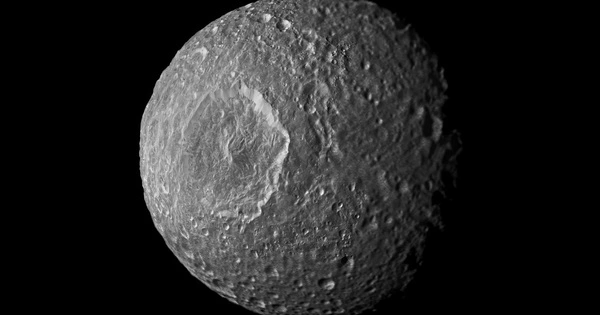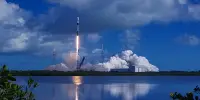After a record-breaking voyage that saw it travel more than 1.4 million miles on a course around the Moon and safely land back on Earth, NASA’s Orion spacecraft splashed down in the Pacific Ocean west of Baja California at 9:40 a.m. PST on Sunday, concluding the Artemis I flight test.
The Artemis I mission has reached its final checkpoint, splashdown, after a successful Space Launch System (SLS) rocket launch on Nov. 16 from Launch Pad 39B at NASA’s Kennedy Space Center in Florida. Before launching people on Artemis II, NASA tested Orion in the harsh conditions of deep orbit for 25.5 days.

“The splashdown of the Orion spacecraft – which occurred 50 years to the day of the Apollo 17 Moon landing – is the crowning achievement of Artemis I. From the launch of the world’s most powerful rocket to the exceptional journey around the Moon and back to Earth, this flight test is a major step forward in the Artemis Generation of lunar exploration,” said NASA Administrator Bill Nelson. “It wouldn’t be possible without the incredible NASA team. For years, thousands of individuals have poured themselves into this mission, which is inspiring the world to work together to reach untouched cosmic shores. Today is a huge win for NASA, the United States, our international partners, and all of humanity.”
Orion made two lunar flybys throughout the mission, getting as close as 80 miles to the moon’s surface. Orion purposefully stressed systems before flying personnel by traveling over 270,000 miles away from Earth at its furthest point during the mission—more than 1,000 times further than where the International Space Station orbits the planet.
“With Orion safely returned to Earth we can begin to see our next mission on the horizon which will fly crew to the Moon for the first time as a part of the next era of exploration,” said Jim Free, NASA associate administrator for the Exploration Systems Development Mission Directorate. “This begins our path to a regular cadence of missions and a sustained human presence at the Moon for scientific discovery and to prepare for human missions to Mars.”
The crew module parted from its service module, the ESA’s propulsion system, before entering the Earth’s atmosphere (European Space Agency). Orion survived re-entry temperatures that were around 5,000 degrees Fahrenheit hotter than the Sun’s surface. Orion slowed down from about 25,000 mph to roughly 20 mph for its parachute-assisted splashdown in about 20 minutes.
Orion spent more time in orbit during the flight test than any other spaceship made for astronauts has without docking to a space station. Orion broke the previous mark for the greatest distance traveled by a human-carrying spacecraft set by Apollo 13 while in a far-off lunar orbit.
“Orion has returned from the Moon and is safely back on planet Earth,” said Mike Sarafin, Artemis I mission manager. “With splashdown we have successfully operated Orion in the deep space environment, where it exceeded our expectations, and demonstrated that Orion can withstand the extreme conditions of returning through Earth’s atmosphere from lunar velocities.”
Currently, recovery workers are securing Orion for the flight back home. The interagency landing and recovery team on the USS Portland is led by NASA and includes engineers and technicians from NASA Kennedy, the agency’s Johnson Space Center in Houston, and Lockheed Martin Space Operations, as well as personnel and equipment from the U.S. Department of Defense, including Navy amphibious specialists, Space Force weather specialists, and Air Force specialists.
In the coming days, Orion will land and be unloaded by technicians before being transported back to Kennedy by vehicle. Teams will offload various items, including Commander Moonikin Campos, the space biology experiments, Snoopy, and the official flight equipment, once they arrive at Kennedy. Then, over the next few months, the capsule and its heat shield will be put through testing and analysis.
Thousands of people from all over the world contributed to Artemis I, which was the first integrated test of NASA’s deep space exploration systems (the Orion spacecraft, SLS rocket, and the supporting ground systems). These people ranged from contractors who built the spacecraft and rocket as well as the ground infrastructure needed to launch them to partners from other countries and universities to small businesses that supplied subsystems and components.
The first woman and the first person of color will touch down on the Moon through NASA’s Artemis missions, opening the door for a sustained lunar presence and acting as a stepping stone for astronauts traveling to Mars.
















